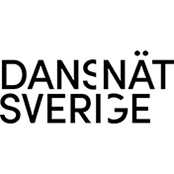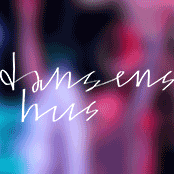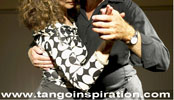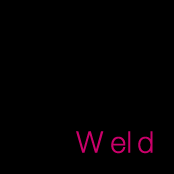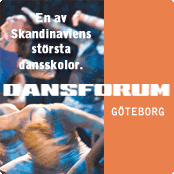Läs om Bournonvilletraditionen och det genuina klassiska balettarvet
Alexander Meinertz presenterar på sin blogg en intervju med historikern och forskaren Knud Arne Jürgensen som är en av Danmarks främsta experter på Bournonville, intervjun är översatt till engelska och Knud Arne Jürgensen säger bland annat att:
“In my view, he is one of the only four great ballet masters of the 19th century. There’s Bournonville here in Denmark, there’s Petipa in Russia, there’s Carlo Blasis in Milan, and then there are several actually in the Paris Opéra, choreographers who were representative of the French school.
But these four schools, in my opinion, are really the backbone of the entire European ballet history in Bournonville’s century. The Italian school, the French school, which in a way fused together to become the Russian school, and then the Bournonville school. And Bournonville stands really out, because although we tend to regard him as an exclusive Danish phenomenon, it is something I really have to oppose, because he was so influenced by his contemporaries.
He knew them, he visited them, and he worked with them during his extensive European tours. And he was very influenced by their art as well, and even he took some of their great pieces of dance and worked them into his own works here in Copenhagen. So Bournonville was not an isolated phenomenon, as we sometimes tend to regard him.
No, he was a true European, or at least he had a true European orientation in his artistic view. And that is extremely important, because it’s not a local phenomenon or a representation of Biedermeier culture. No, he was very well orientated, very well acquainted with the different aesthetic ideals.
But of course, his possibility and the conditions to develop and to make his art form live were completely different in Denmark, where the ballet was far more reduced in size and economic means and number of performances than the great metropoles in Russia, in Italy, in France. And what I would say is really unique in Bournonville, and something that is really of his own invention, his own characteristic, is poetry. We know that Hans Christian Andersen called Bournonville a ballet poet, and it is the poetry in his way of attacking dance that is uniquely him.
And that is both a musical and a choreographic phenomenon, because in Bournonville, the mime is singing and the dance is talking, if one could put it in a little particular way. His mime is really arias in gestures, whereas his dance, his actual steps, his actual choreography, are steps talking. He wants to say something in steps.
And that understanding is far more intense and far deeper than what we see in French, Italian, and Russian schools, which tend to be more bravoura, more outwards, more, in Danish we have a wonderful word for it, “pragt” – splendor. Bournonville is not a man who seeks the splendor. He seeks the inner expression, the inner life, and tries to express that in his characters and as well in his way of telling a story in his ballets.
So that I would consider the most genuine thing in Bournonville and his heritage.”
Se vidare: alexandermeinertz.dk/conversations-on-bournonville-knud-arne-jurgensen/
Fler Nyheter






